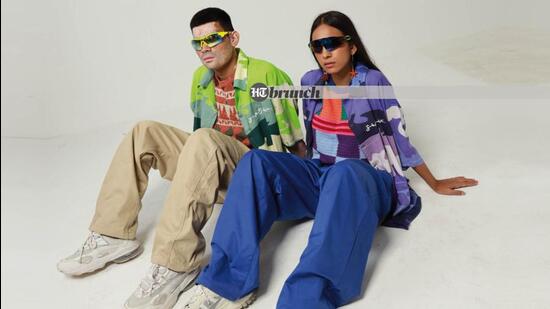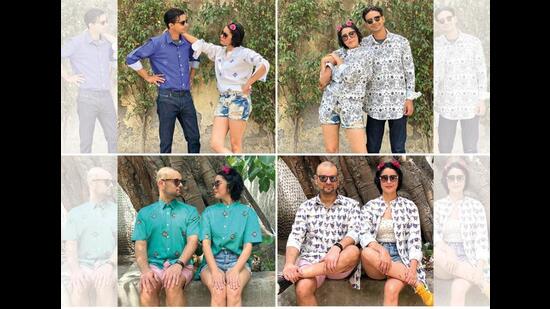Fashion: Blurred lines
Lubna SalimLubna Salim
Jul 09, 2022 12:23 AM IST
Gender-fluid fashion provides scope to move flexibly between genders and five experts give us their take
As a teenager in the ‘90s, I’d often pair men’s shirts and tees with floral A-line skirts or my mother’s plain black salwars to look different. In 2007, when Kareena Kapoor made a similar style statement in a white Patiala salwar and printed T-shirt combo in Jab We Met, I realised I wasn’t the only one.







Are you a cricket buff? Participate in the HT Cricket Quiz daily and stand a chance to win an iPhone 15 & Boat Smartwatch. Click here to participate now.
Catch your daily dose of Fashion, Health, Festivals, Travel, Relationship, Recipe and all the other Latest Lifestyle News on Hindustan Times Website and APPs.
Catch your daily dose of Fashion, Health, Festivals, Travel, Relationship, Recipe and all the other Latest Lifestyle News on Hindustan Times Website and APPs.
Share this article





